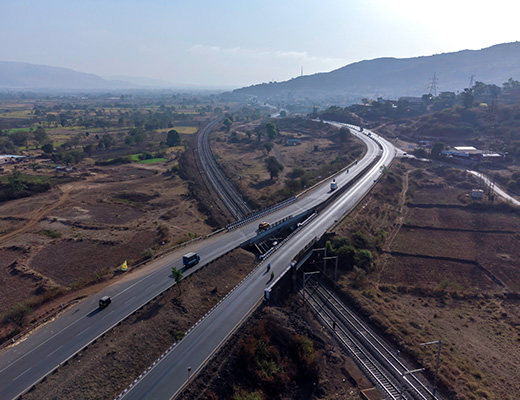Classification of Highways in India: Understanding the Different Types and Their Purpose || Highway Engineering #3
Introduction
India is a vast country with a diverse transportation system, connecting cities and towns and facilitating the movement of goods and people. There are many different types of highways in India, each with its own unique characteristics and purpose. In this blog post, we will take a closer look at the different types of highways in India and their uses.
National Highways
National highways are the most important type of highway in India. They are owned and maintained by the central government and are the backbone of the country's transportation system. These highways connect major cities and towns and are used for long-distance travel. They are also the main corridors for the movement of goods and are strategically important for economic and military purposes. National highways are numbered and have exits that lead to major cities and towns. They also have rest areas, gas stations, and other amenities to help travellers on their journey.
State Highways
State highways are another important type of highway in India. They are owned and maintained by the state government and connect major cities and towns within a particular state. These highways are used for both local and regional travel and are often the main roadways in a particular state. State highways are also numbered, but the numbers are not as consistent as with national highways.
District Roads
District roads are owned and maintained by the district government. They are typically smaller and less travelled than state and national highways, and they connect smaller towns and communities. These roads are usually not numbered and are often used for local travel only. They are mainly used to connect villages and rural areas to the nearest towns and cities.
Village Roads
Village roads are the most basic type of highways in India, connecting villages and rural areas. They are owned and maintained by the village council and are used for local travel only. These roads are often unpaved and in poor condition, making transportation difficult.
Expressways
Expressways are a relatively new type of highway in India, designed for high-speed travel. They are limited-access roads with few or no intersections, and they have multiple lanes in each direction. Expressways are usually toll roads and are designed to reduce travel time and increase safety.
Special Economic Zones (SEZ)
Special Economic Zones (SEZ) are a type of highway designed to promote economic development. These roads connect industrial and commercial areas to major cities and towns. SEZs are often well-maintained and have modern amenities such as rest areas, gas stations, and other services to promote trade and commerce.
Conclusion
In conclusion, there are many different types of highways in India that serve different purposes. Understanding the different types of highways and their uses can help make your travels safer and more efficient. Whether you are planning a long-distance trip on a national highway or a local excursion on a village road, knowing the classification of the highway can help you make the most of your journey. With the increasing focus on infrastructure development and the expansion of the transportation network, the Indian highway system is expected to see significant improvements in the coming years, making travel and transportation in the country more seamless and efficient.

Comments
Post a Comment